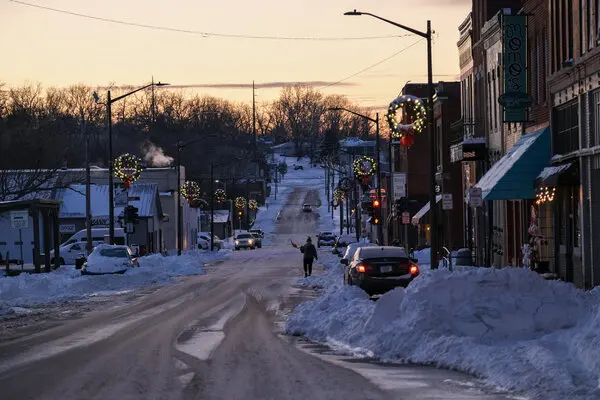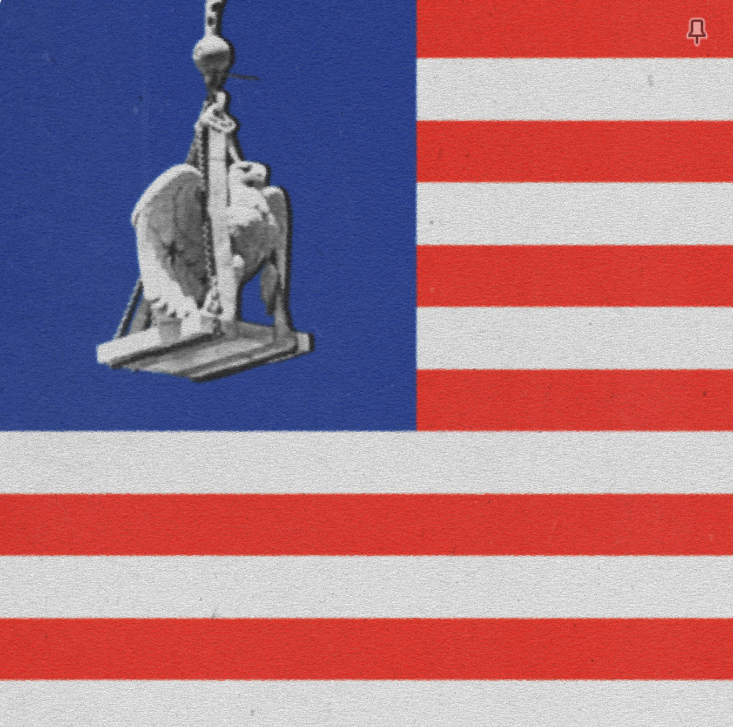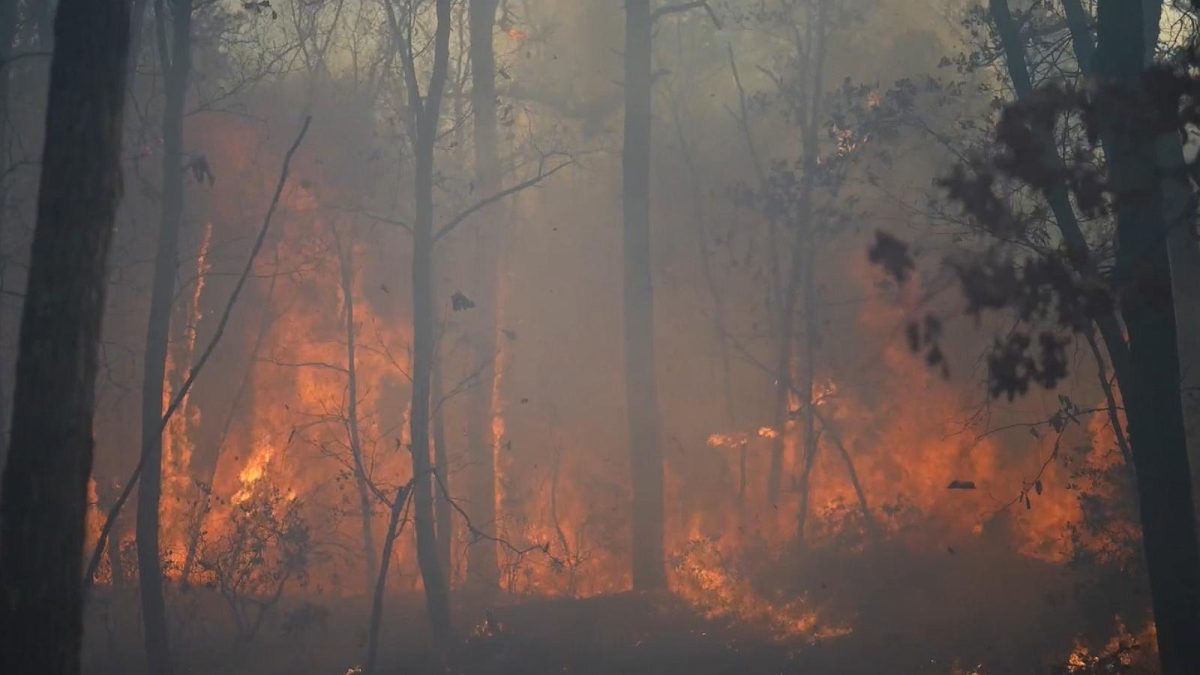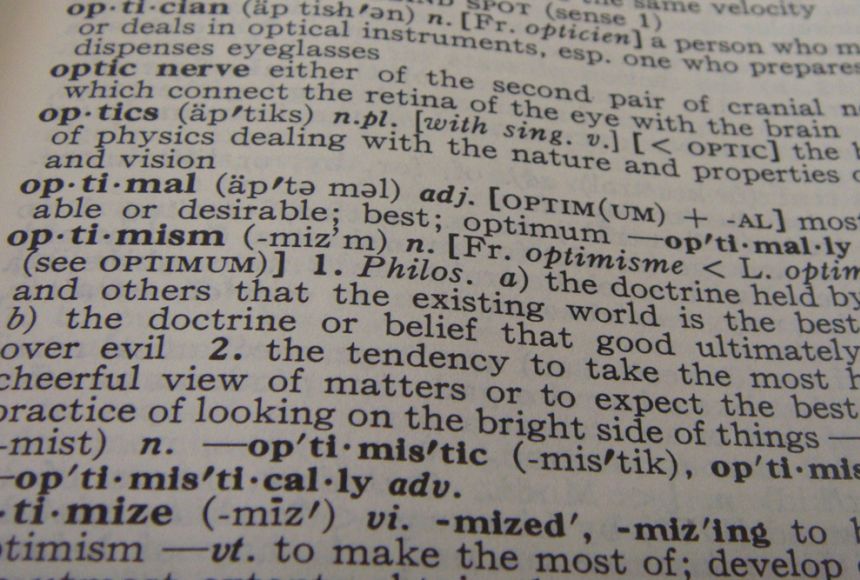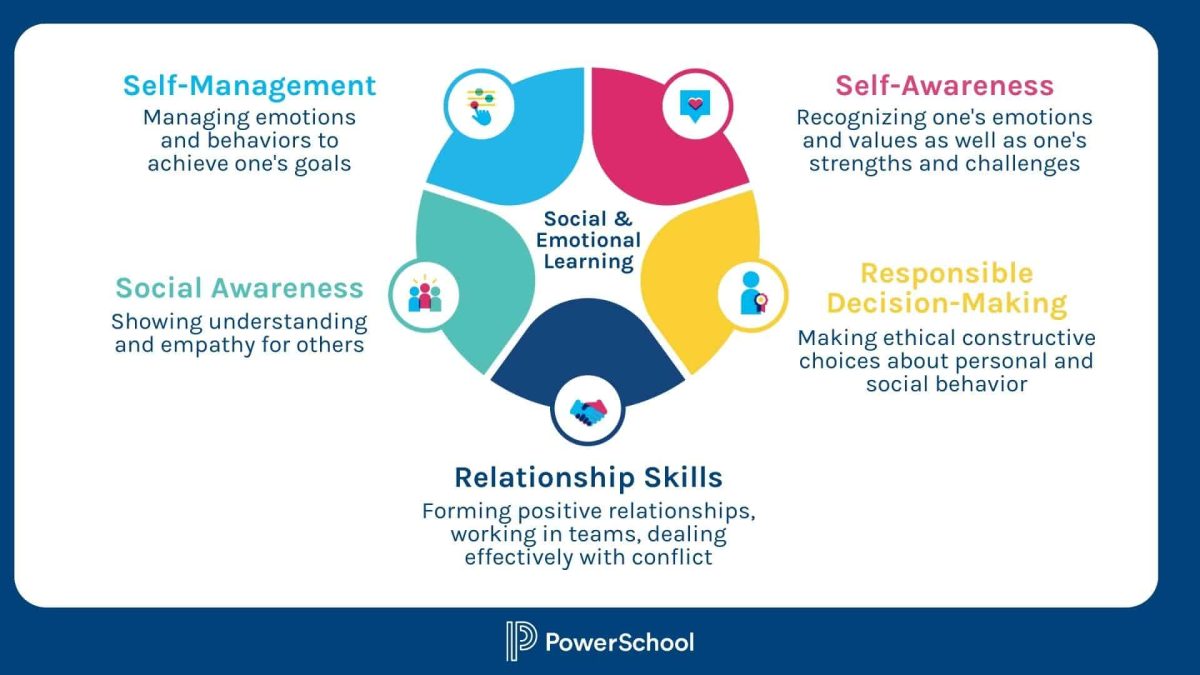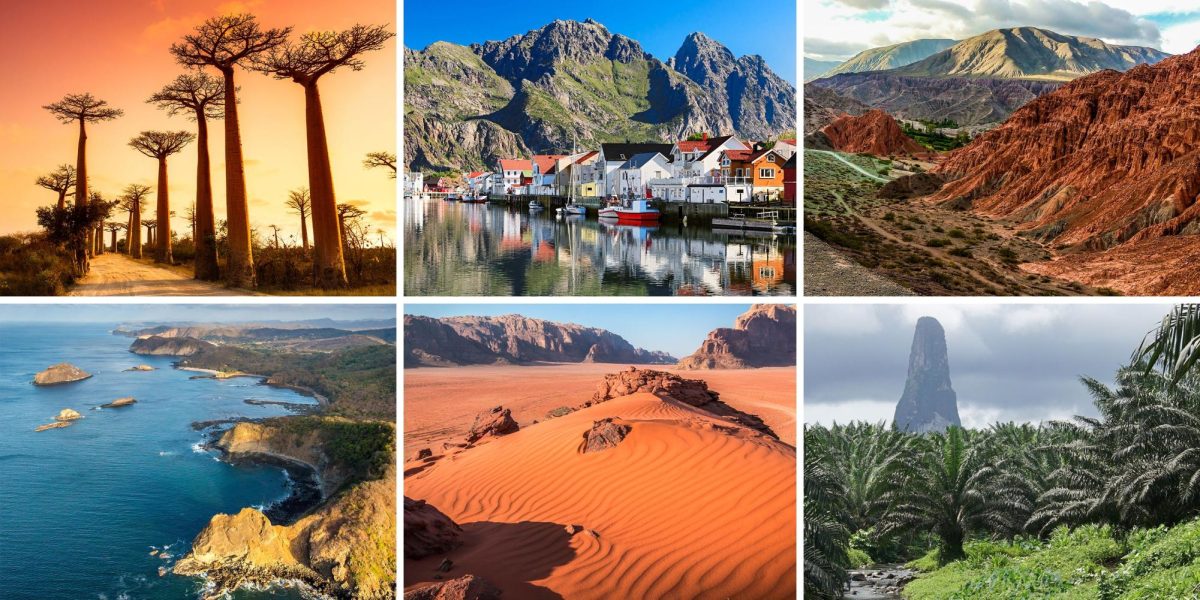A powerful winter storm struck the southeastern United States in January 2025, shattering temperature and snowfall records across the region. The storm, fueled by an Arctic blast, plunged temperatures to historic lows and buried cities in unexpected snowfall, bringing much of the South to a standstill.
The severe weather began on January 19 when Arctic air surged into the region, setting the stage for record-breaking cold. Louisiana saw unprecedented lows, with Lafayette dropping to 4 degrees—the coldest temperature recorded since 1893—and New Iberia hitting a frigid 2 degrees. The bitter cold extended eastward, freezing areas unaccustomed to such extremes.
As temperatures plummeted, snowfall blanketed parts of Texas, Louisiana, Alabama, and even Florida. Beaumont-Port Arthur, TX, recorded 4.5 inches of snow on January 21, its snowiest day since 1901. Baton Rouge, LA, saw 7.6 inches of snow—its heaviest single-day total since records began in 1892—while New Orleans was buried under 8 inches, the most snowfall the city had ever seen.
Florida, a state rarely associated with winter storms, also set records. Pensacola measured 10 inches of snow, challenging Florida’s all-time record for the snowiest day ever. Further east, Fernandina Beach, FL, recorded 4 inches, its highest snowfall total since 1917.
The storm’s unusual intensity was driven by a rare atmospheric setup similar to a lake-effect snowstorm. Cold, dry Arctic air clashed with moisture-laden air from the Gulf of Mexico, creating ideal conditions for heavy snowfall. The National Weather Service in Mobile, AL, reported a snow-to-liquid ratio of up to 15:1, producing a light, powdery snow more typical of mountain regions than the Deep South.
The impacts of the storm were widespread. Schools and businesses shut down, roads became impassable, and power outages affected thousands as infrastructure struggled to cope with the extreme conditions. Residents accustomed to mild winters were caught off guard, leading to chaotic scenes of stranded motorists and emptied grocery store shelves.
Scientists continue to study whether climate change played a role in the storm’s intensity. Some researchers suggest that melting Arctic sea ice may be influencing the jet stream, allowing more frequent Arctic blasts to push southward. However, experts emphasize that while extreme cold events can still occur, overall winter temperatures are warming due to climate change.
As the South recovers from this historic storm, many are left wondering: could another deep freeze like this happen again? If recent weather patterns are any indication, the answer may not be so far-fetched.
